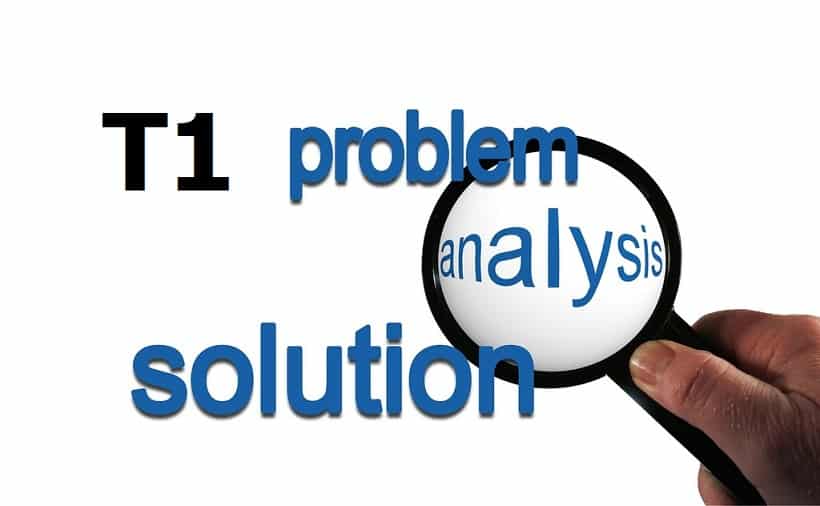
A T1 link is a connection that consists of two-twisted pair wires that contain 24 different channels for transmitting voice, data, and image traffic. There are different types of T1 links that perform different services to accommodate different network configurations and infrastructures. Regardless of the type of T1 network configuration there are always common connection problems that can occur within T1 links.
Common T1 Problems
- Bipolar Violation Error: Bipolar Violation happens when the consecutive pulse that occurs during data transmission is the same division as the pulse that preceded it. A Bipolar Violation (BPV) is a common error that occurs on a copper T1 line and is usually caused by weak signals or gaps is the circuit. A BPV can also be caused by a device that is connected to the T1 network that is not configured properly to interact with the T1 connection. The problem can easily be detected and solved by using T1 test equipment that tests for power levels in a T1 line, stresses repeaters and clocking circuits, and testing one density on the line at a time.
- Wiring Defects: If the T1 links are set up with inferior T1 cable this can cause a problem with connectivity. High quality T1 cable should contain twisted and protected pairs of cables with a level of no less than 24—26DB. In the event the wiring is causing issues with the connection, it is necessary to deploy testing equipment for point-to-point connections to locate the faulty wiring. If necessary it may require upgrading the T1 line to a higher quality cable grade.
- Cyclic Redundancy Check Error: Cyclic Redundancy Check (CRC) is a method that is used for checking errors in the framing of the T1 network. The CRC is located in the framing bits and provides notifications when a line is deteriorating or an element of the network is beginning to fail. If there is an error in the CRC this can cause a connection problem in the T1 link. To correct the problem you must use the ESF framing format which is contained in the network frame to locate the CRC error. An ESF (Extended Superframe Framing) is a component on the network that allows for frame synchronization, error detection, and maintenance communications.
- Jitter: A jitter occurs when the T1 signal is displaced from its original location causing a delay in transmission. It is often caused by different components that are used on a T1 line. Although a certain amount of jitter on the T1 link connection is normal, the jitters can sometimes cause a CRC error which affects the T1 connection. The solution is to use a translator clock to solve jitter issues and use the ESF framing format to solve the CRC error that was caused by the jitter.
- Timing Slips: Jitters can also be the cause of timing slips if their levels are high enough over the network. The timing slips occur when the buffers on the network are cleared and the framing is dislocated. This is also known as an uncontrolled slip because both the buffers are cleared and the framing is lost. With a controlled timing slip the buffer is cleared but the framing still remains intact. The solution to the problem is to go back and solve the jitter issue through the use of a translator clock.